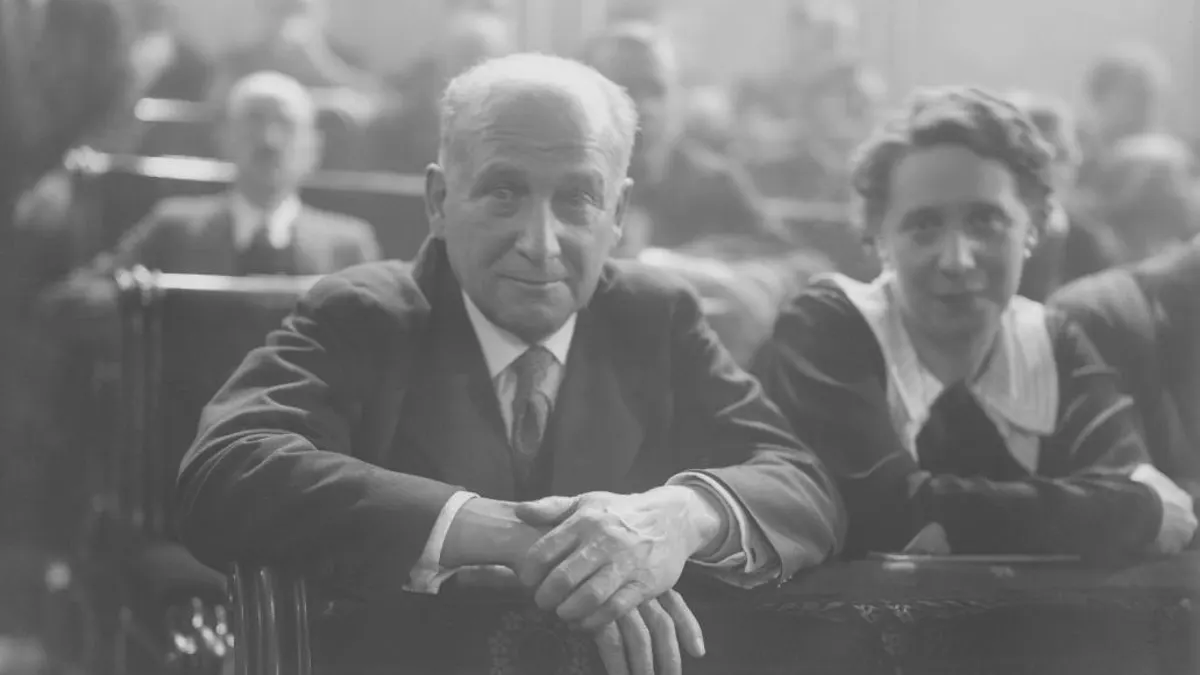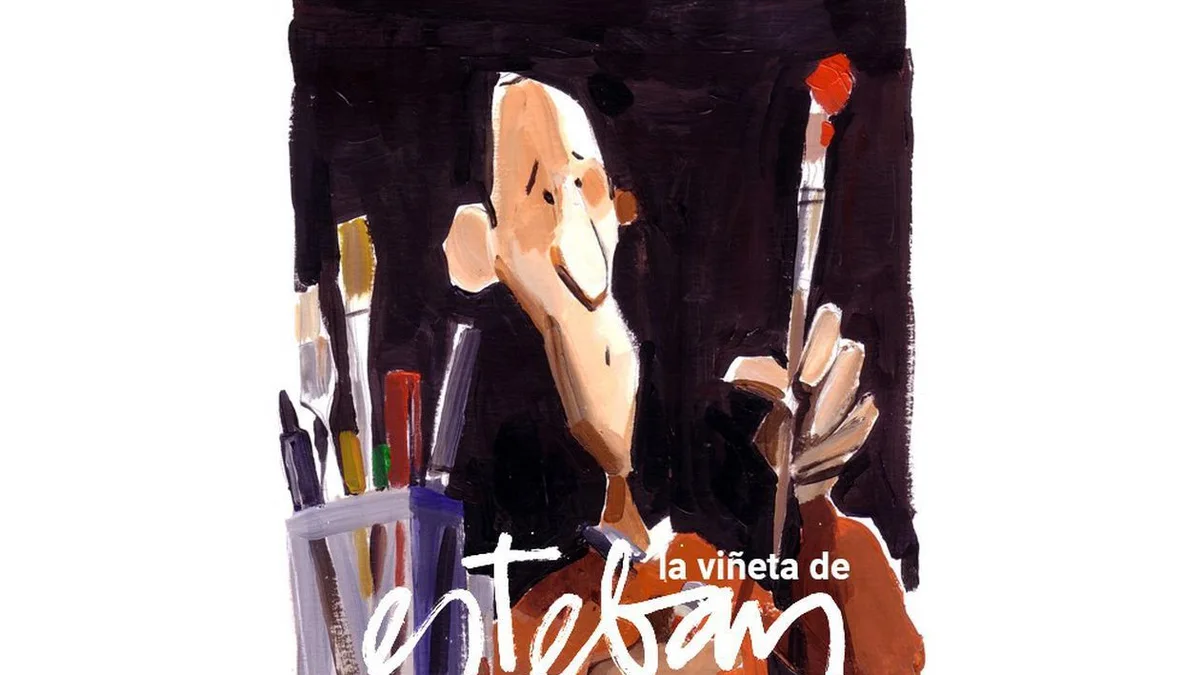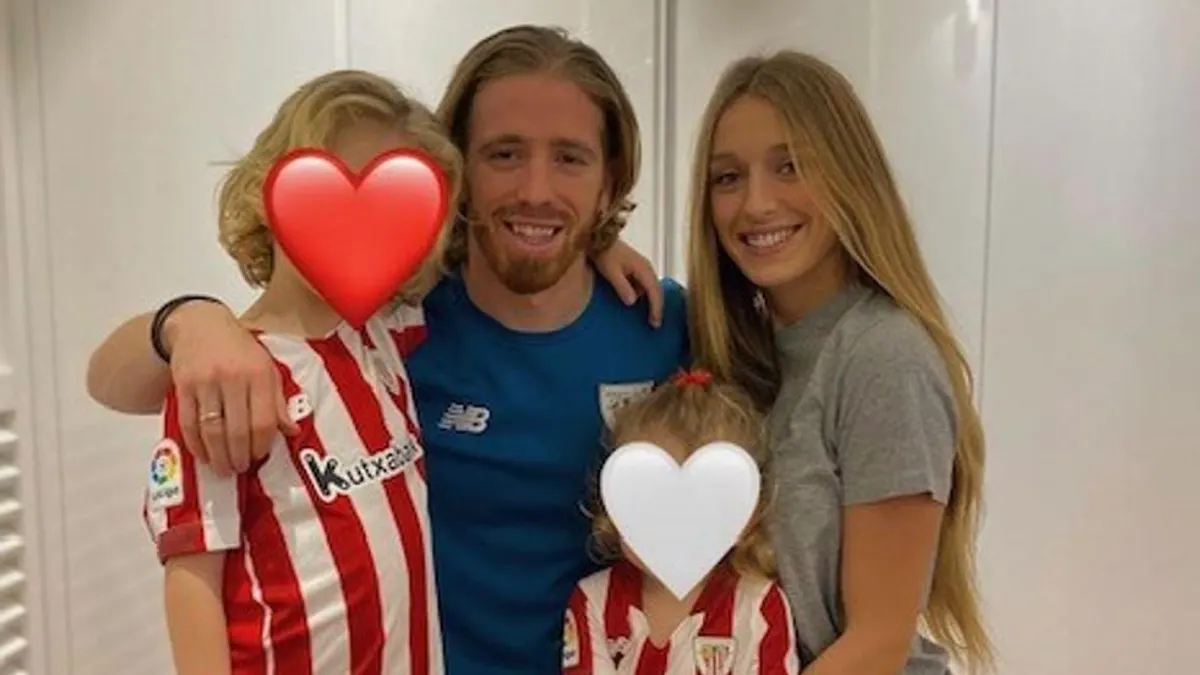photo: Erik Kabik
***
“It’s been a long time coming,” Stanley Jordan says of his new project Stanley Plays The Dead, which debuted in April. “I have friends who are Deadheads who had been telling me for years that I should do Grateful Dead music, going all the way back to the ‘80s. People were almost badgering me about it. I always said, ‘Not just yet but I will.’ I felt kind of intimidated, like, ‘Oh, man, it’s such a big songbook. It would be such an intensive learning curve.’ I already had a lot of respect for that music and I thought, ‘It’s a great idea and maybe someday I’ll feel confident enough.’ Then when the thing with Phil happened, it just sort of fell into place. But the seed had been planted for a long time.”
The guitarist has been a rotating member of the Phil Lesh & Friends repertory company ever since a serendipitous meeting at Princeton University in 2012. Jordan, class of 1981, had returned to the school for a reunion, while the bass player was there to celebrate the graduation of his son Brian.
Jordan recalls: “I was with some friends and somebody said, ‘Hey, did you know Phil Lesh is playing at Terrace Club tonight?’ I couldn’t believe it because I’d lived at Terrace Club for my last two years in college and their dressing room was my old room. So I went over there during their soundcheck, and one of the musicians recognized me and said, ‘Hey, Stanley, what are you doing here?’ I said, ‘I used to live here. What are you doing here?’ Then he said, ‘Let me introduce you to Phil.’ The next thing you know, I ended up sitting in for almost their whole performance that night.”
Over the intervening years, Jordan has performed with Lesh on both coasts, from Terrapin Crossroads to The Capitol Theatre. He brings his unique touch technique to this setting, whereby rather than strumming and picking, he utilizes a form of two-handed tapping. Inspired by his early piano training, it gives him freedom to play melody and chords simultaneously, which expands his tonal palette.
This innovative approach also hints at the wide range of his musical interests. In 1985, Blue Note issued Jordan’s debut album, Magic Touch, which topped the Billboard jazz chart for 51 weeks. Over the course of his career, he has performed with numerous celebrated artists, like Miles Davis, Dizzie Gillespie, Herbie Hancock, Stanley Clarke and Billy Cobham. However, he has also worked with Kenny Rogers, Dionne Warwick, Dave Matthews and others in the pop and rock music worlds. In addition to his jazz gigs, Jordan tours with his Stanley Plays Jimi project and is beginning to ramp up his dates with Stanley Plays The Dead, which includes drummer Kenwood Dennard (Jaco Pastorious, Quincy Jones, Pat Martino), bassist Greg Koerner (Vince Welnick, Gent Treadly) and keyboard player/ guitarist Jesse Hiatt (Cedric Burnside).
He also has deep roots in the jam scene. On Sept. 10, 2001, Jordan took the stage at Wetlands Preserve during a late-night Project Logic set alongside Mike Gordon and Warren Haynes that ended just hours before the 9/11 attacks. Jordan remembers, “I was a pretty frequent person at the Wetlands. It was one of my favorite venues in New York. When I heard word that the Wetlands was closing, I was determined to get in there and play one last show, although it wasn’t supposed to be the very last one [followed only by a loose jam session on 9/28/01]. I measure everything, including history, by music. So for me, this was the last jam of the age of innocence. When I hear the music, I can really feel that. It’s my connection to the old world, to how the world used to feel. I can go back and listen to that music as an anchor to help me find my way back to that feeling. Hopefully, we can bring the world back to that. It’s going to be a challenge, but that’s the goal.”
Growing up in the Bay Area, even though you didn’t see the Grateful Dead, you’ve said that you felt their presence.
Every time the Dead performed, word would get around and people would be talking about it. I was a bit young at the time, and I didn’t see any of the shows when I was a kid, but they were an important part of the scene. People would describe the show and the whole happening. That was really formative for me.
They’d say, “Oh, man, they came back and then they did the ‘Space’ thing and they just went on and on. It was so trippy and the music just kept getting deeper and deeper.” For me, at that time—it was the same with jazz, too—the whole purpose of the music wasn’t just to entertain or to garner good reviews or to sell. The purpose of the music was to change people’s consciousness. There was a feeling that the music was part of our spiritual education or growth.
So you had to give it your all. You had to go for it. Even the mixing of different styles made perfect sense because that’s part of what people wanted to do— they were trying to come together and not have so much separateness and not have so many different divisions and categories. Musicians collaborating was a perfectly normal thing. A lot of my favorite artists on the jazz and rock side were part of this pool of a primordial soup of music. [Laughs.] That’s the environment that spawned my way of thinking.
That philosophy is reflected on your very first album, which not only contains your original compositions, but also music from The Beatles and Jimi Hendrix, as well as Miles Davis and Thelonious Monk.
I took some flack for that kind of stuff back in the early days because there was still this idea that you are either supposed to play traditional jazz tunes, write your own jazz tunes or do stuff from the Tin Pan Alley songbook. So anything newer than that was not considered playing the standards because those songs were considered rock or pop.
I always did a lot of different kinds of music. I remember there was a great professional guitarist I met when I was just starting out who told me, “You can’t do all those different styles like that. I mean, you could do it musically, but that’s not how the business works. You have to pick a style. Otherwise, they’re not going to know how to market you.” My attitude was, “Oh, yeah, watch this!”
But he turned out to be right in the sense that is how the business works. [Laughs.] So I did run up against resistance for that, and that’s a lot of what I was trying to get across with the concept of Standards, Volume 1 [the 1986 follow-up to Magic Touch]. The idea was that these are standards; they’re my generation’s standards. Nowadays, that’s not such a big deal.
Is there something about your technique that is particularly well-suited to Grateful Dead material?
There’s the whole melodic theory about step motion that’s based on the limitations of the human voice. It’s a lot easier to sing notes that are close to each other, so that’s kind of how melodies evolved. But what really intrigued me when I was younger was the idea that you don’t have to be limited to that. You can leap and change direction with an angular approach, doing glissandos and having a wider melodic ambitus.
It’s like how airplanes move along predictable paths—they bank and they maintain a smooth motion, whereas UFOs can go zip, zip. So I started to play my melodies more like a UFO.
When I sit in with Phil Lesh & Friends, usually there are at least three guitar players and also a keyboard player in the band. So one thing that happens is that my guitar finds its own niche because when I’m using the touch technique, I can occupy a space in the sound texture that’s different from the other guitars, but it’s also not the keyboards. It’s kind of in its own space.
Phil explained to me once that I should think of the Grateful Dead’s music like Dixieland. Each instrument is doing its own thing, but it all fits together. It was a game changer when he told me that because I had been thinking in a conventional way—a song has chords and I was trying to follow along with the chords. Then I realized there were a whole bunch of people already playing the chords, so I don’t have to be responsible for nailing those chords. That’s when I started approaching my role a little bit more melodically and sort of floating like a leaf in the stream.
Sometimes I close my eyes, hold a note and listen to the space around me, which tells me whether the note needs to go up or down. I kind of wander through the texture and constantly find that space. With the touch technique, it gives me a sound where the timbre of my guitar always sounds unique, so it always has its own space. I think it brings across that Dixieland concept that Phil was talking about, where each instrument is independent.
What sort of guidance does Phil otherwise provide before a given show?
He doesn’t usually give me a lot of guidance personally, but sometimes he’ll come in with a concept for the show. Then we all understand that this is what we’re doing.
For example, he had this one idea when we did this show in 2015. It was a Valentine’s Day show and Phil knew that I like to channel the feminine energy. So he had this idea that we would do this one song that was symbolic of the mating dance between the masculine and feminine energies.
I thought it was a great idea. Basically, it was like he was the masculine and I was the feminine, and it was sort of a courting ritual thing, but through music. It was kind of a dance because I was going around him.
So occasionally, he’ll have an idea, and that’s a case where it’s not even strictly music— it’s kind of like performance art or bringing in these extra musical elements. There’s a very iconic dress that I wore for that Valentine’s show, and what people don’t necessarily know is that there was a song where we actually had that concept of the archetypal energies.
When you played that initial show with Phil, how familiar were you with the repertoire?
I wasn’t super familiar with it. I obviously knew their biggest hits—things like “Truckin’,” “Sugar Magnolia,” “Friend of the Devil” and stuff like that. But I never really got into learning their songs. Then I started to realize, “Oh, I remember this one. Oh, I remember that one.” So I heard a lot of this music by osmosis without really consciously focusing on it.
It’s an ongoing thing. There’s a Dropbox folder of Grateful Dead charts and the people in Phil Lesh & Friends can access it. It’s got over 200 songs in it, and in a lot of cases, there’s several different versions. You can get just the lyrics, or the lyrics and the chords, or just the chords. It’s huge. I’m humbled by the Grateful Dead songbook.
There are a lot of subtleties, too. Most of the chords are your regular rock triads but then you start playing and, all of a sudden, you realize there’s something deeper going on here.
Not that long ago, somebody told me something that’s really helped me. They said that a lot of those songs were written first as lyrics and then the music was built around the lyrics. That explained a lot to me. So if I focus on the lyrics, it’s going to help me to learn all these little nuances.
I get those things more easily now through the lyrics. Another aspect of the Dead’s music that I think needs to get more appreciation is the songs. The lyrics of the songs are so good; they’re so well-crafted and the way that the music works with the lyrics, it’s kind of like poetry where it’s got a rhythm, it’s got flow to it, but it doesn’t fit neatly into symmetrical meters all the time. Good poetry doesn’t have to do that, and it’s the same thing with the Grateful Dead’s music.
Another thing is that there’s an implied attitude in the music. This isn’t a structural thing. It’s more of the vibe of the music, where you are allowed to expand on the structures and take the music into new directions and the band will follow you. Anything can happen and that atmosphere of being able to take risks where it’s OK if it doesn’t turn out completely amazing is a part of life. I think something comes across with that because life should be that way. People should be more willing to take risks and be more supportive of others when they try things and it doesn’t always work out. I think that all spills over from the music and into life in general. It’s part of what people love about that. It fosters an attitude about life.
Can you describe your method of selecting songs for this band?
There was a whole group process with that. We had long meetings about what songs we should play. We had this really elaborate list of songs because there were two nights, four total sets, and each set was going to be completely different. Then, as we got closer to the engagement, we realized that in order to do justice to this music on the level we wanted to attain, we’d have to repeat some songs. We figured not a lot of people were going to come to all four shows. [Laughs.]
So we decided, “It’s OK, this is only our first run. Let’s reduce our repertoire and let’s focus on what we can do well.” I think that was a good approach. We had a first set and a second set, and then we did the same first and second set for both nights with some variations. But we spent a lot of time thinking it through and then rehearsing.
It was challenging to carve out the time, but for this band, we wanted to make sure that we had a lot of rehearsals. Obviously, there’s always an opportunity cost to take time out from whatever else you’re doing, but I decided early on we had to do that to do justice to this music. I wanted this band to be a unit.
It’s different with my Hendrix tribute because it’s a lot easier for me to have musicians in different regions. So for example, I’m going to be doing that in Seattle, and we’ve got a couple of great Seattle musicians who play the Hendrix music just fine, as you could imagine. Then I go to the Bay Area and I’ve got some Bay Area guys. But with the Grateful Dead, I really needed this to be a band that functions as a unit.
When I’m playing with Phil, I’m surrounded by people who know the music really well and that helps. So then when it’s my band doing this music, we also have a couple of the people who know it really well. Greg Koerner knows it best and Jesse Hiatt knows the music really well, too. But Greg is our number one go-to expert on Grateful Dead songs. He’s played them in a lot of cover bands, so it’s really great having him in there.
Our goal isn’t just to do the original versions. At the same time, we try to stay true to the original vibe. So for example, we did “Morning Dew” at our first run at Blues Alley, and we approached it like a bluesy, almost-gospel version. But in retrospect, that doesn’t really change the vibe of the music. It’s still the same song. It’s still the same vibe.
I like the fact that we’ve got a couple of guys who can really anchor it in the original style. Then Kenwood and I are responsible for putting a different spin on it.
You’ve played with Kenwood in many contexts over the years. Can you talk about what he brings to bear in this setting?
Kenwood is the most amazing drummer. After all these years, he still blows me away. Every time we play together, I see him do something that I’ve never seen a drummer do. [Laughs.] He’s got all the technicalities down, but his music is really about the expression of happiness, joy and love. To me, he’s an integral musician. He hits all the chakras.
So he makes my job a lot easier because all I have to do is let him do his thing, and people say, “Wow, that Stanley concert was great.” If I’m not having a great night, then I’ll just let Kenwood take more and it’s always an amazing experience.
He’s a musical treasure, but he’s also coping with hearing loss. Yet he hears everything, he catches everything. I don’t know how he does it.
Thinking back on that initial run of shows, was there a particular song that really surprised or delighted you?
I felt like “Morning Dew” came out better than we expected. I was always going to sing that one, but I couldn’t really find my voice on it. Then, when we decided to take it more bluesy, something just fell into place. So it came out even better than we thought.
“Eyes of the World” was kind of a no-brainer for us. That one was sort of jazzier, in terms of the chords and stuff. It’s one of the jazzier songs that I always felt comfortable doing with Phil—it’s one that I could really cut loose on. Also, I love the spiritual message of the song.
The other thing is that Kenwood has his own Grateful Dead band Grateful Groove, and they did some shows the month before we got into Blues Alley. Jesse and Greg played in that band, which was helpful because those guys were a sub-unit. So they came back reporting on what worked well and what they were able to get tight. That really helped.
We had extensive rehearsals in October, and then we came back a week before Blues Alley, and it was almost like we were living together in a house. Some people had hotels, but we were there all day, day after day, rehearsing. We put a lot into it.
I thought we did well, but those were the first shows and it’s only going to get better. I still feel humbled by this music.
The post “I’m Humbled by the Grateful Dead Songbook”: Stanley Jordan on Joining Phil Lesh and Finding New Space appeared first on Relix Media.





























